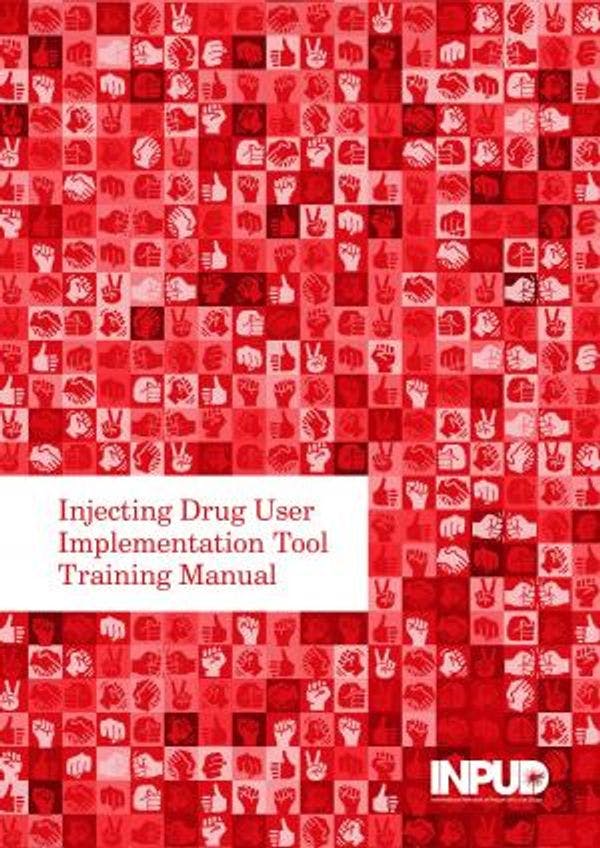Manuel de formation : Outil de mise en œuvre pour les personnes usagères de drogues injectables (IDUIT)
INPUD et UNODC offre une guide pour soutenir l'opérationnalisation du IDUIT à travers des formations au niveau régional, national et local. Pour en savoir plus, en anglais, veuillez lire les informations ci-dessous.
Developed jointly by UNODC and INPUD, in collaboration with other partners, the guidance document Implementing Comprehensive HIV Programmes with People who Inject Drugs: Practical Approaches from Collaborative Interventions – otherwise known as the Injecting Drug User Implementation Tool (IDUIT) – was published in 2016. It describes how to implement effective programmes and services for HIV and HCV prevention interventions for and with people who inject drugs (PWID).
The IDUIT is based on previously published United Nations (UN) guidance documents, mainly the WHO/UNODC/UNAIDS Technical Guide for Countries to Set Targets for Universal Access to HIV Prevention, Treatment and Care for Injecting Drug Users (rev. 2012) and the WHO Consolidated Guidelines on HIV Prevention, Diagnosis, Treatment and Care for Key Populations (rev. 2016).
In addition to the nine key interventions of the WHO/UNODC/UNAIDS Comprehensive Package for HIV and PWID, it includes prevention and management of overdose and sexual and reproductive health and rights (SRHR). The IDUIT also covers critical enablers, strategies, activities and approaches to increase the accessibility, acceptability, coverage, quality and uptake of interventions and services for key populations.
It contains examples of good practice from around the world that may support efforts in planning programmes and services, describes issues that should be considered and advises on how to overcome challenges.
The IDUIT tool does not seek to ignore the complex policy and legislative environment around drugs and injecting drug use in most countries, nor the need for advocacy to confront the stigma, discrimination and human rights violations faced by PWID. However, it aims primarily to address the question: what can we do now, with the resources we have, in the kinds of environments we face, to prevent the spread of HIV and hepatitis C among PWID?
Click here to access the publication on INPUD's website.
